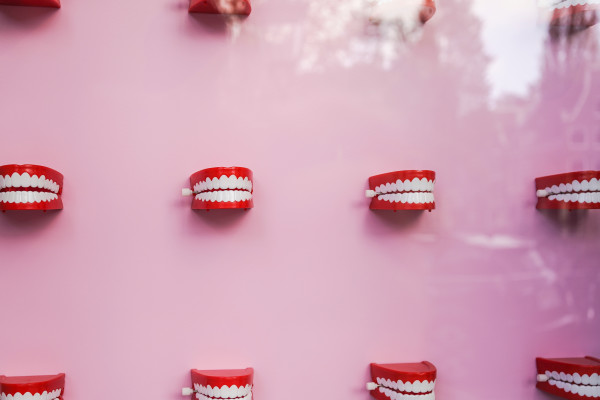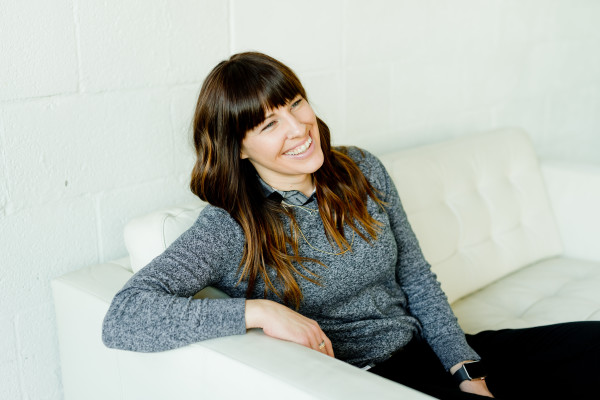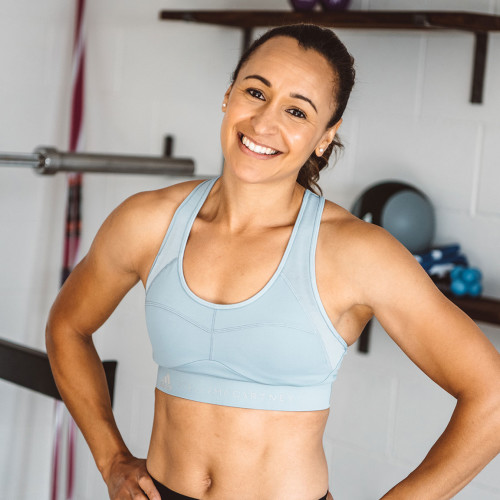An A-Z of the menstrual cycle
2 years ago
Cycle syncing2 years ago
Cycle syncing
The key phases and hormones across your menstrual cycle: how they make you feel, how to work with them and how to pronounce them…
Reviewed by: Dr Emma Ross
Across the different phases of your menstrual cycle, there are a lot of hormonal changes taking place, which effect your motivation, muscle adaptation, recovery, appetite, emotions and much more. Here, we round-up a quick guide to the four phases of your menstrual cycle and the key hormones that make you feel the way you do...
What and when: The period (also referred to as ‘the bleed,’ ‘time of the month’ and menstruation) is when your womb lining starts to shed and you experience bleeding. Day 1 of your bleed marks day 1 of your menstrual cycle.
How does it make you feel? A whole range of symptoms can kick in during your period, from cramping and headaches to backache and fatigue. Everyone experiences different symptoms and these can even vary from month to month. There are ways to alleviate some of the more negative symptoms, which we explain here .
What and when: The Follicular Phase (pronounced fuh-lick-yoo-lah) is the second phase of your menstrual cycle (and occurs in the first half of your cycle). It’s during your Follicular Phase that oestrogen (the go-get-em hormone) rises to its peak as your body prepares for ovulation. After you ovulate (this is when a mature egg is released from your ovaries), you move from the Follicular Phase to the Luteal Phase.
How does it make you feel? When oestrogen is high, we can often feel more confident, sociable and happy. This natural energy boost might also mean your motivation to train and push your fitness may be higher than usual.
What and when: The Luteal Phase (pronounced loo-tee-al) is the third phase of your menstrual cycle and occurs in the second half of your cycle. This is when the egg usually travels down your fallopian tube and is characterised by the presence of a hormone called progesterone.
How does it make you feel? Progesterone is known to have an anti anxiety effect on the brain, which can mean you can feel more calm or less anxious at this point in your cycle.
What and when: The Pre-menstrual Phase is the fourth phase of your cycle and usually occurs between a day and a week before your period starts.
How does it make you feel? There are around 150 reported symptoms of PMS, with the most common ones being sore boobs, mood swings, fatigue, anxiety and bloating. There are ways to alleviate some of the more negative symptoms, which we explain here .

What and when: When you exercise your body amps up production of a hormone called endorphins, which produce a feeling of euphoria.
How do they make you feel? Known for their morphine-like effects, endorphins give us a positive boost, they relieve pain and are responsible for that ‘runner's high’ you get after an exercise session. Known as nature’s pain reliever, if you experience cramps and aches across your menstrual cycle, encouraging production of endorphins can help.
What and when: Oestrogen is a hormone that plays a crucial role in the menstrual cycle by helping you build up your uterine lining. It’s produced mainly in the ovaries and is at its highest point during the Follicular Phase mentioned above.
How does it make you feel? Oestrogen is your go-get-’em hormone and contributes to you feeling motivated and confident. Because of its presence during your Follicular Phase, you can feel more energised and motivated to push your fitness during this phase.
What and when: Progesterone is a female hormone that is at its peak during the third phase of your menstrual cycle, your Luteal phase. Progesterone's main role in the cycle is to stop the build up of the uterine lining and get it ready for the possible implantation of a fertilised egg.
How does it make you feel? Progesterone is known for its calming effects on the circuits of the brain, and has been shown to reduce anxiety, increase mood and promote sleep.
What and when: Prostaglandins are a group of fats that have hormone-like effects and are found in the uterus. They help to shed the lining of the uterus by causing it to contract and are responsible for regulating blood flow to prevent losing too much blood.
How does it make you feel? We need prostaglandins to have a healthy period, but they are also responsible for period cramps. Too many of them and your contractions can be too severe and you experience pain. In addition, they can leak into nearby areas like the gut, leading to other symptoms such as headaches, nausea and diarrhoea. You can find out more about prostaglandins and periods here .
What and when: Serotonin, AKA the happy hormone, stabilises our mood and promotes feelings of wellbeing and happiness. When it comes to your menstrual cycle, serotonin tends to mirror levels of oestrogen as you progress through your cycle. Its decline can contribute to PMS symptoms in your pre-menstrual phase, such as low mood.
How does it make you feel? Great when it’s there. Not so great when it’s low.
 Cycle syncing
Cycle syncing Perimenopause
Perimenopause Perimenopause
Perimenopause Perimenopause
PerimenopauseSign up to learn everything you need to know about CycleMapping, plus how you can live better and feel better through optimising your fitness to you.
This website uses cookies to ensure you get the best experience on our website. Learn more

Sign up for the very latest news on women's fitness, health and hormones, plus be the first to receive exclusive offers and extras